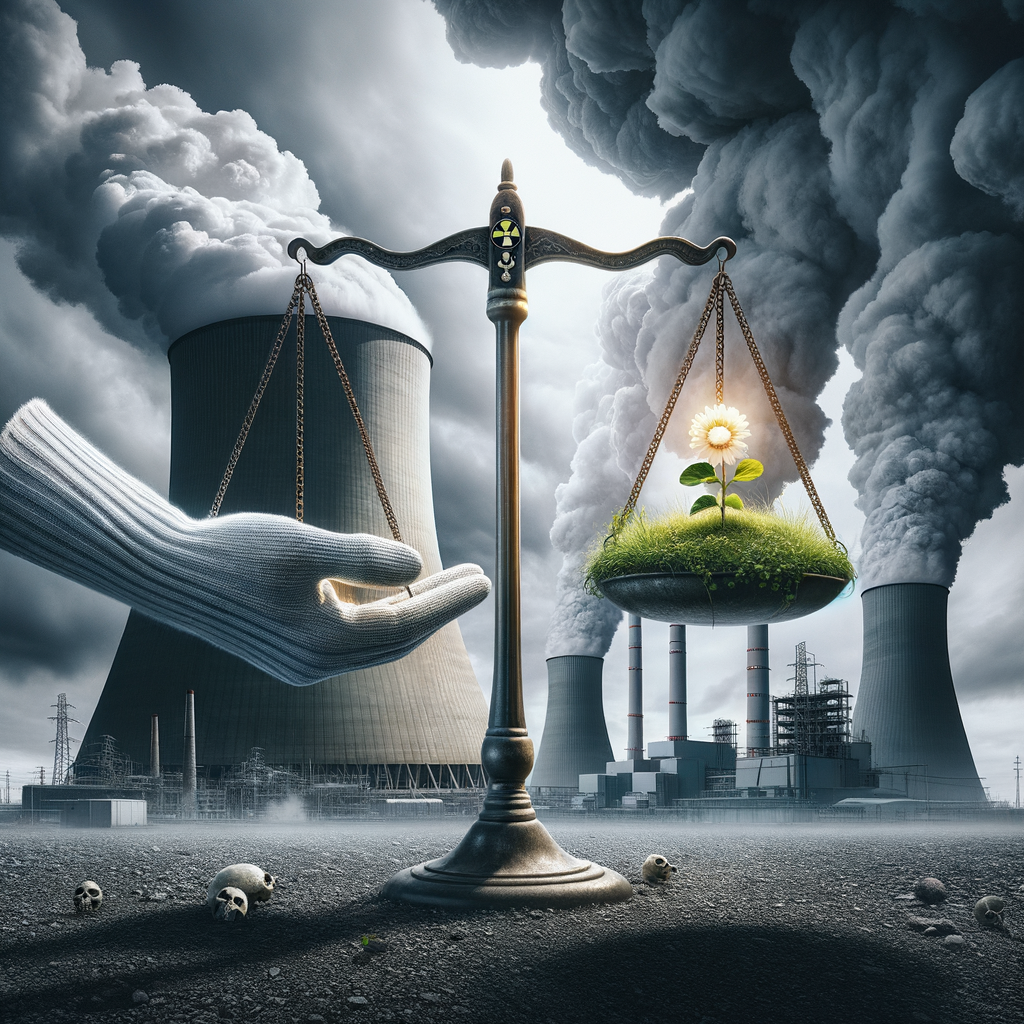Nuclear Industry Worries About Safety Amid Government Deregulation: Is Nuclear Power Still Safe?
As the U.S. government continues to explore policy shifts toward deregulation in various sectors, the nuclear industry finds itself at a crossroads. While proponents argue that lifting regulatory burdens can spur innovation and reduce project costs, critics—including many within the nuclear field—are voicing concern that loosening oversight could compromise safety standards. Given the complex and high-stakes nature of nuclear energy, the question at the heart of the debate remains: Is nuclear power still safe in an era of deregulation?
The Push for Deregulation in the Nuclear Sector
Efforts to Streamline Oversight
Recent initiatives by federal agencies, particularly the Nuclear Regulatory Commission (NRC), have aimed to modernize existing frameworks that are considered by some stakeholders to be outdated or overly restrictive. Proposals include simplifying license renewal processes, reevaluating emergency planning zones for small modular reactors (SMRs), and updating safety margins based on newer technologies.
These efforts are driven by a desire to make nuclear energy more competitive, especially as renewable sources like wind and solar receive substantial government incentives. Deregulation is also seen as a pathway to support the development of next-generation nuclear reactors, which promise improved efficiency with reduced environmental risks.
Industry-Led vs. Government-Led Safety
A critical pivot under deregulation has been the expansion of industry-led safety initiatives with reduced direct government intervention. Private operators are increasingly assuming the responsibility for certain safety assurances, hazard assessments, and risk mitigation strategies. While this approach allows for more customized and arguably efficient procedures, it raises concerns about consistency, transparency, and accountability—especially when profit-driven motives might conflict with public safety.
Implications for Project Managers and Government Contractors
New Compliance Challenges
For contractors and project managers working within or around the nuclear sector, deregulation introduces new complexities in terms of compliance. While fewer regulations may imply a lighter administrative burden, the onus is shifting toward internal safety governance and risk management systems. This means project teams must adopt robust Quality Assurance (QA) programs, maintain extensive documentation controls, and ensure cross-functional audits are embedded in their workflows.
Moreover, contracting with federal entities such as the Department of Energy (DOE) requires ongoing vigilance to adapt to fluctuating regulatory expectations. Failure to do so could lead to non-compliance penalties or, worse, lapses in nuclear safety.
Greater Emphasis on Risk Management
Across all phases of nuclear project lifecycles—from site assessment and construction to operation and decommissioning—project managers are now focusing more heavily on risk management. This includes risk identification, analysis, response planning, and monitoring. Agile and hybrid project management methodologies are becoming more prevalent as teams balance schedule pressures with rigorous safety assessments.
Contractors must invest in training programs to keep personnel updated on evolving guidelines, especially in safety-critical areas such as radiation protection, cybersecurity, and emergency response.
Public Perception and the Question of Safety
Historical Context Matters
Public trust in nuclear energy remains cautious, shaped by past incidents such as the Three Mile Island accident in 1979, the Chernobyl disaster in 1986, and Fukushima in 2011. Each of these catastrophic events underscored the grave risks associated with nuclear power when safety systems fail. Although modern plants in the U.S. are built to far higher safety standards, any perception of reduced oversight can reignite skepticism and fear.
Transparency and Community Engagement
One way nuclear operators and the government can mitigate these fears is through active community engagement and transparent reporting. Project managers and compliance officers must be prepared not only to uphold internal safety metrics but also to communicate them clearly to the public and stakeholders. This includes publishing environmental impact statements, holding public hearings, and facilitating third-party inspections.
Balancing Innovation and Safety in Federal and State Policy
There is no denying the potential of nuclear energy to provide reliable, carbon-free electricity, particularly against the backdrop of climate change and increasing global energy demand. Innovations in small modular reactors (SMRs) and advanced fuel cycles offer promising solutions for both power generation and national security.
Nevertheless, deregulation must strike a careful balance. Policymakers at both the federal and Maryland state levels should consider nuanced approaches that streamline unnecessary red tape while reinforcing safety as a non-negotiable priority. For example, performance-based regulatory models can allow flexibility while adhering to stringent benchmark outcomes.
Maryland’s Role as a Watchdog and Leader
Maryland, through its Public Service Commission and Department of the Environment, maintains rigorous oversight on energy projects, often setting a precedent for other states. Contractors bidding for nuclear-related projects in Maryland must be prepared for comprehensive environmental and safety assessments. The state’s stance offers a counterbalance to federal deregulation trends, exemplifying a localized model of responsible

